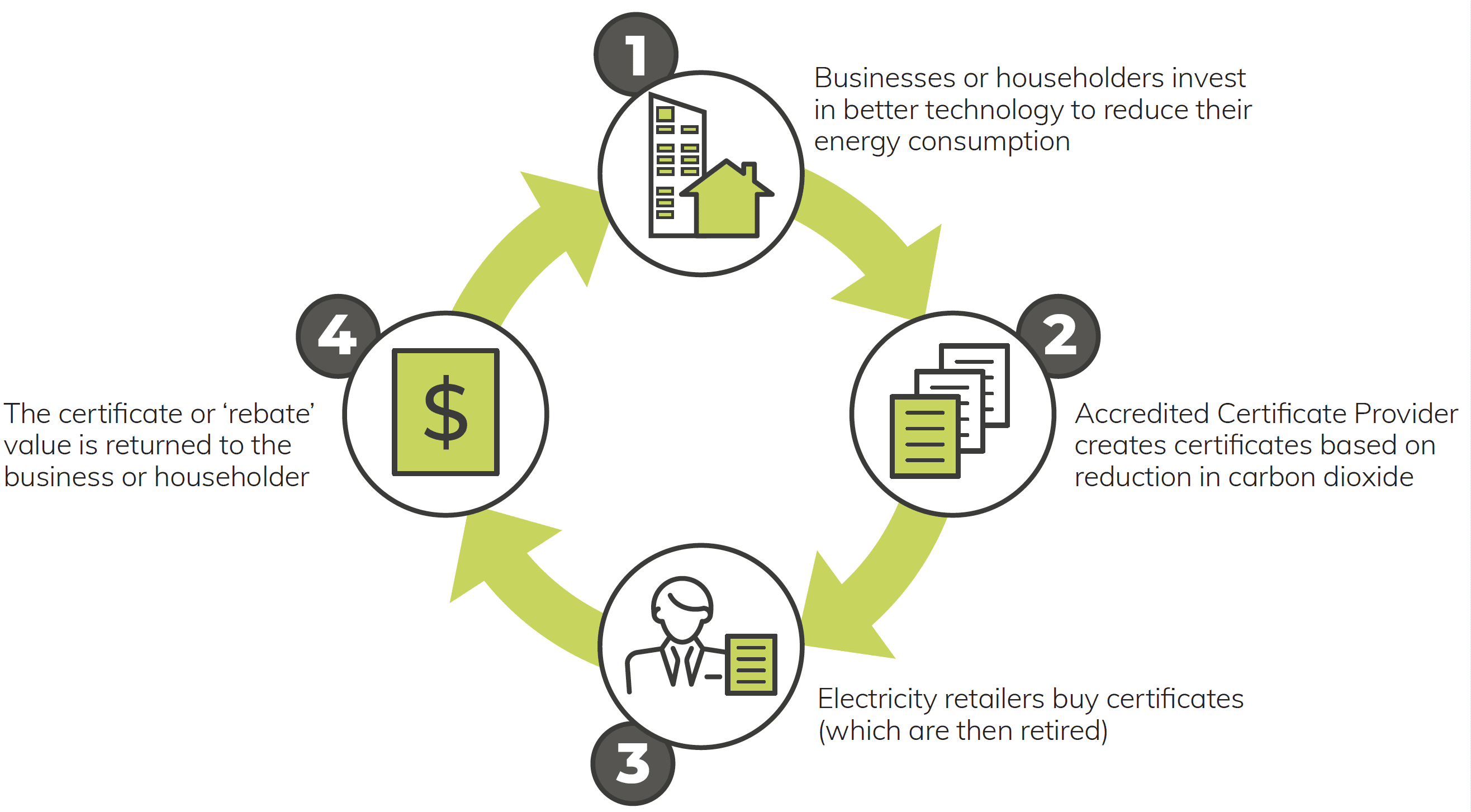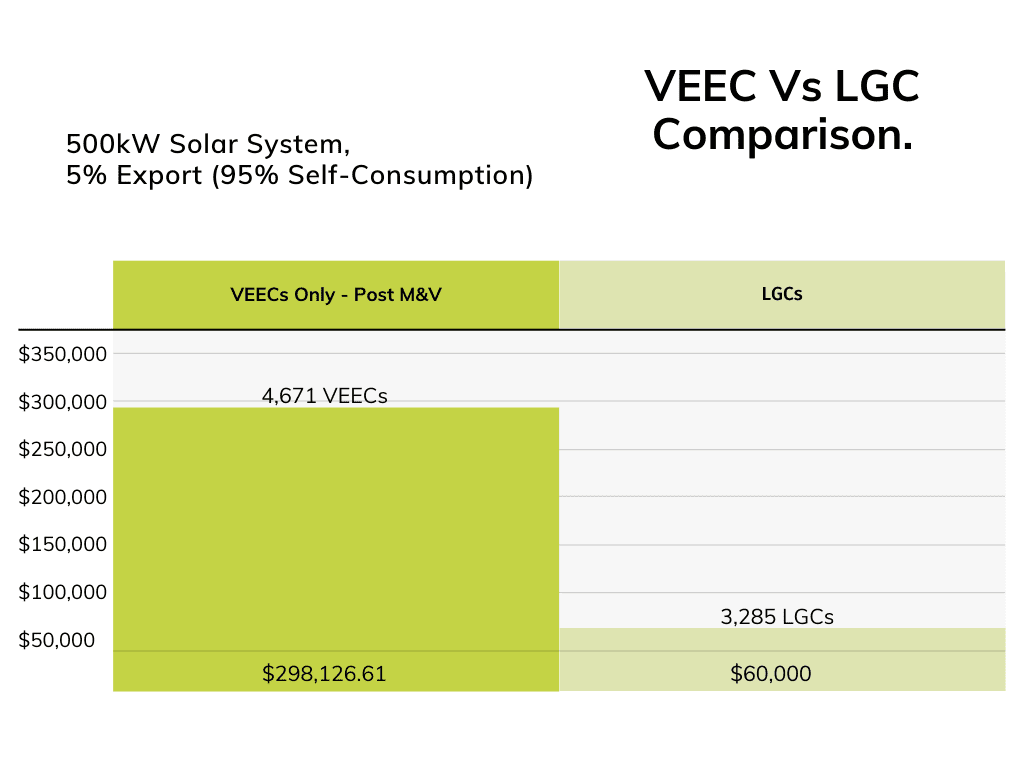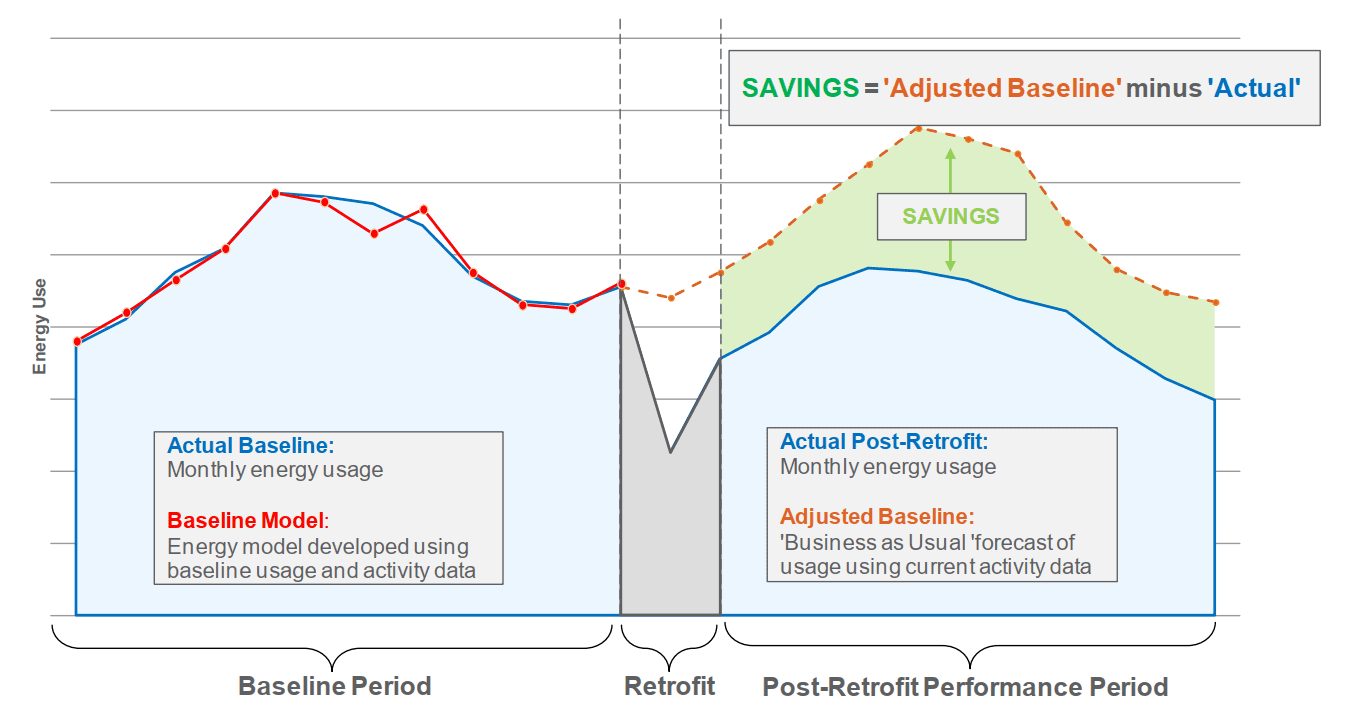Note: This article contains some acronyms, if you are unfamiliar with any just refer to our Glossary
How Solar VEECs Help Businesses Save Up To 4 x more than LGCs
Looking to install a large scale solar system over 100kW? Well if you happen to be in Victoria there is a new rebate available that is an absolute game-changer.
In short, everything that’s bad about LGCs, Solar VEECs has addressed and then some
-
- Much higher certificate spot price
- Significantly higher rebates (up to 4x)
- Easier access to the scheme
- Forward creation of certificates
- The ability to combine with STCs
Yes really. Are there details? Of course. Please read on. It will be worth your while!
Victorian Energy Efficiency Certificates (VEECs)
The Victorian Energy Upgrade (VEU) program was created to help Victorians reduce their energy bills and greenhouse gas emissions by enabling access to discounted energy-efficient products and services like lighting, refrigeration, HVAC, etc.
Under this program, Victorian Energy Efficiency Certificates (VEECs) are created when specific energy efficiency activities are undertaken. Each VEEC represents one tonne of greenhouse gas emissions reduction (CO2e).

These VEECs are then sold in a marketplace to energy retailers and other buyers. Energy retailers are liable to surrender a defined number of certificates set by the Victorian Government each financial year. In 2021, the mandate for energy retailers is to purchase enough certificates to offset 6.5 million tonnes of CO2e.
So…What are Solar VEECs?
VEECs, which were designed to discount energy-efficient products and services, can now also be created for solar production.
Well, it’s a little more nuanced than that. Let us explain – to create VEECs, the energy created by the solar system needs to be ‘self-consumed’ i.e. used on-site, and any energy that is exported, i.e. not used on-site, will not create any VEECs. Simple right?
The simplest way to think about Solar VEECs is by thinking about this simple equation: One megawatt-hour (1 MW/h) of energy saved = 0.8 VEECs. This is shown in the illustration below.
You might notice that there are two numbers in our equation. That’s because, previously, one megawatt-hour used to mean one tonne of CO2e.
However, thanks to schemes like this, the electricity grid is cleaning up, and this means that our one megawatt-hour of energy now offsets less than one tonne of CO2e.
That’s great… But why are Solar VEECs important?
This is the first state-based scheme to include solar in their rebates. This makes Solar VEECs not only pioneering by making solar more affordable but also a game-changer – here’s why:
1. Four Times the Value
Solar VEECs, or just VEECs, payments are up to four times greater than other large scale solar rebate certificates such as LGCs. Here are some of the reasons why:

a. Doubling in the VEEC spot price during the last 12 months;
b. Certificate target for each year driven by act that governs the scheme is increasing year on year;
c. The reduction of emissions factor, which reduces the number of VEECs created for each activity thus increasing their value; and
d. Phasing out of the scheme’s main source of supply of VEECs, lighting. Less supply more demand = Higher prices.
2. Forward Creation – Why wait 10 years for your certificates when you can create the whole amount 12 months after your system is energised?
3. Combine STCs and Solar VEECs – Not only can you receive payback within 16 months, but you can also claim STC (small-scale technology certificates) for your first 100kW. This means cash upfront – no waiting period.
How are Solar VEECs calculated?
In our explanation above, we talked about one megawatt-hour (1 MW/h) of energy saved = 0.8 VEECs. The important point to note here is the energy saved. VEECs are based on the amount of Solar Energy you produce which is consumed on-site. That is the solar energy production that does not get exported. The greater the proportion of energy consumed on-site, and the lower the export, the more Solar VEECs you are eligible to create.

Project-based activities – Measurement and Verification
Previously, most efficiency projects created VEECs using a set of predetermined savings values known as a ‘deemed’ methodology. Solar VEECs are also created based using a different measurement technique. For solar, project-based activities are used, specifically a method called ‘Measurement and Verification (M&V)’. This type of measurement was set up to help businesses access incentives for large and custom projects.
By using industry-proven M&V techniques, the energy savings can be calculated by comparing a baseline energy model pre-installation with the actual energy use post-installation (Figure 2). Emissions reductions and incentives are accurately calculated based on the difference in consumption and this allows for businesses to claim incentives for their solar installation.
The trick with creating this energy model is finding the right variable that explains how much energy the site uses. For example, a factory may have large fluctuations of energy usage that do not seem to link with anything specific. However, if we look at all the variables e.g. production, day of the week, which lines are running, season, etc, we then link the energy spike/s with the main variable/s causing them and create our energy model.
9.9 Years Cash Upfront – Forward Creation

The M&V calculation also has another great feature, VEECs can be created for future savings. Solar VEEC upgrades can forward create certificates for the 10-year duration of the schemes (reversible or behavioural upgrades not allowed).
Schemes allow part of the 10-year savings to be created initially (12 months after the system has been energised), with a balance created when actual savings exceed certificates already created. For solar PV, 99% can be created initially.
This is opposed to the creation of LGCs which requires the solar generation to be monitored monthly and LGCs created on an ongoing basis, meaning that the financial incentives are spread out over the coming years. The LGC price is also diminishing over time as more solar generation occurs.
The benefit of using forward creation is that VEECs can be claimed earlier than LGCs, which can make a project more financially attractive. The total forward creation for an M&V project in Victorian Energy Upgrades is capped at 50,000 certificates over a maximum time period of ten years.
Solar VEECs become viable for larger-scale upgrades for systems greater than 0.1 megawatts because the process is relatively complex and therefore involves a greater cost.
In short, anyone considering a large scale solar system in Victoria without considering Solar VEECs is really missing out!
To Create a Quote, Simply Hit the Link Below:
Or, Contact Us Directly.
 Victoria
Victoria New South Wales
New South Wales South Australia
South Australia Queensland
Queensland

